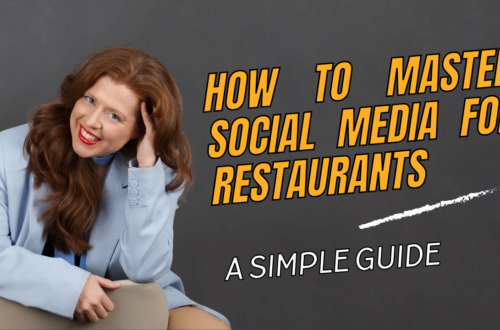From Food to Experience: Navigating the Shifts in the Restaurant Industry
Lately, I’ve been hearing stories about rising costs, smaller customer bases, and falling average checks. People are becoming more hesitant to pay higher prices when there are cheaper alternatives available. The restaurant market isn’t what it used to be. It has new rules, and failing to understand them could lead to the closure of your establishment without understanding why.
In the past, it was simple. Guests came to a restaurant solely for food. It made sense since restaurants sell food, and people buy food.
However, things have changed.
Nowadays, nearly every city has dozens of restaurants, which means competition and audience segmentation have become crucial.
So, what differentiates one restaurant from another?
Some lower prices to attract price-sensitive customers, but they risk losing them to cheaper establishments. Others focus on unique dishes but find that people get bored quickly.
Most restaurant owners take the following actions when they want to attract more customers:
- Introducing a new menu
- Running ads
- Creating special offers
- Collaborating with influencers for advertising
- Distributing leaflets near the establishment
However, there is a trap called randomness.
Imagine this situation: two people are growing flowers. The first person constantly prunes and fertilizes the flowers, while the second person only plants the flowers and waters them once a month. Which person do you think is more likely to grow the flowers?
Random actions may give short-term results, but if you want to consistently attract customers, you need a strong marketing system. Such a system will not only instill confidence in your actions and eliminate the need to wonder, «Will this work?» every time, but it will also allow you to control and adjust your activities as needed.
Today, the winners are those who go beyond the habitual restaurant perception and create something more. They become experts in their topic and platforms for a community. They give people reasons to visit their restaurant.
It’s essential for a restaurant to lead guests from the moment they discover it, establishing a comprehensive “customer journey.” Not many realize this, but those who do change their customers’ perception from “a place to eat out” to “a place that is a part of my life.”
Is it possible to achieve this? Absolutely. The key lies in implementing the right system.
To start marketing your restaurant, you need to establish your restaurant’s marketing foundation. If this step is missed, all your marketing efforts are likely to be chaotic, which will not be helpful in building a holistic brand.
So, you need to determine:
- Your restaurant’s target audience (who you are going to communicate with). I know you have heard about it a thousand times but this is the basis of your marketing strategy.
- Your restaurant’s value (what you want to convey to these people). And it is not just about your amazing food and drinks. The value lies in the overall customer experience.
- Communication channels that can effectively convey your restaurant’s value to the target audience. The good news is that you don’t need to use all possible communication channels to be successful. You need to focus on those that will be most effective for your customers.
These three elements are crucial. They form the basis of all your activities.
The restaurant industry faces many challenges today, but with the right perspective, they can become opportunities. Embrace the opportunity to go beyond traditional restaurant perception and become an expert in your field, a platform for community, and a destination that offers more than just a meal. Winners in this evolving industry embrace change, innovate, and deliver exceptional customer experience. Implement the right strategies and let your restaurant thrive in this dynamic new era.





